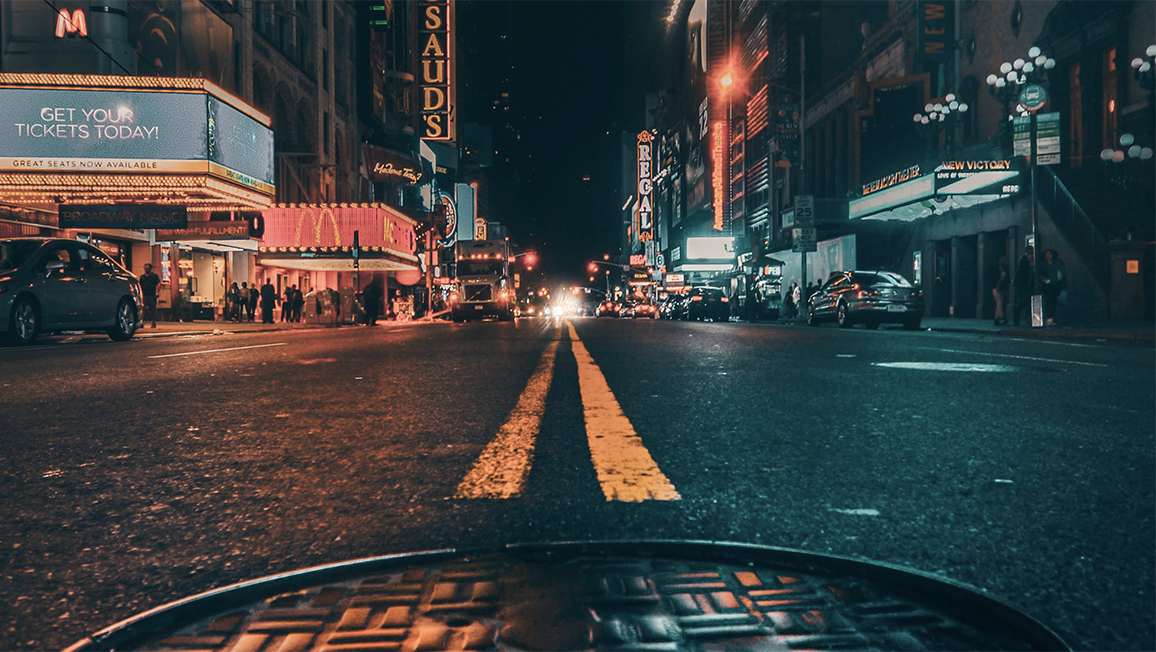
When people walk down the street, rarely do they ponder the subsurface infrastructure beneath their feet — including hidden waterways. (Yeshi Kangrang/Unsplash)

When people walk down the street, rarely do they ponder the subsurface infrastructure beneath their feet — including hidden waterways. (Yeshi Kangrang/Unsplash)
When people walk down the street, rarely do they ponder about the subsurface infrastructure beneath their feet, opting instead to dream upwards toward skyscrapers and heaven rather underground toward sewers, hidden rivers, and hell. In recent decades, there has been a trend to uncover these rivers, restoring and revitalizing these waterways and their surrounding areas—a process known as daylighting. American Rivers, one of the premier domestic organizations on daylighting, defines the term as “[P]rojects that expose some or all of a previously covered river, stream, or stormwater drainage.” Cities that have daylighted waterways champion the act, as daylighting yields a myriad of benefits, from aiding flood mitigation efforts and alleviating persistent flooding to combating the effects of increased impervious surface cover and diverting urban runoff from combined sewer systems. The Jones Falls River (JFR) in Baltimore, Maryland is far from being daylighted, though. With a galvanized, united front and with the aid of several environmental organizations, I hope that—actually, I believe that—the JFR will be daylighted, seen, and enjoyed by the Baltimore community.